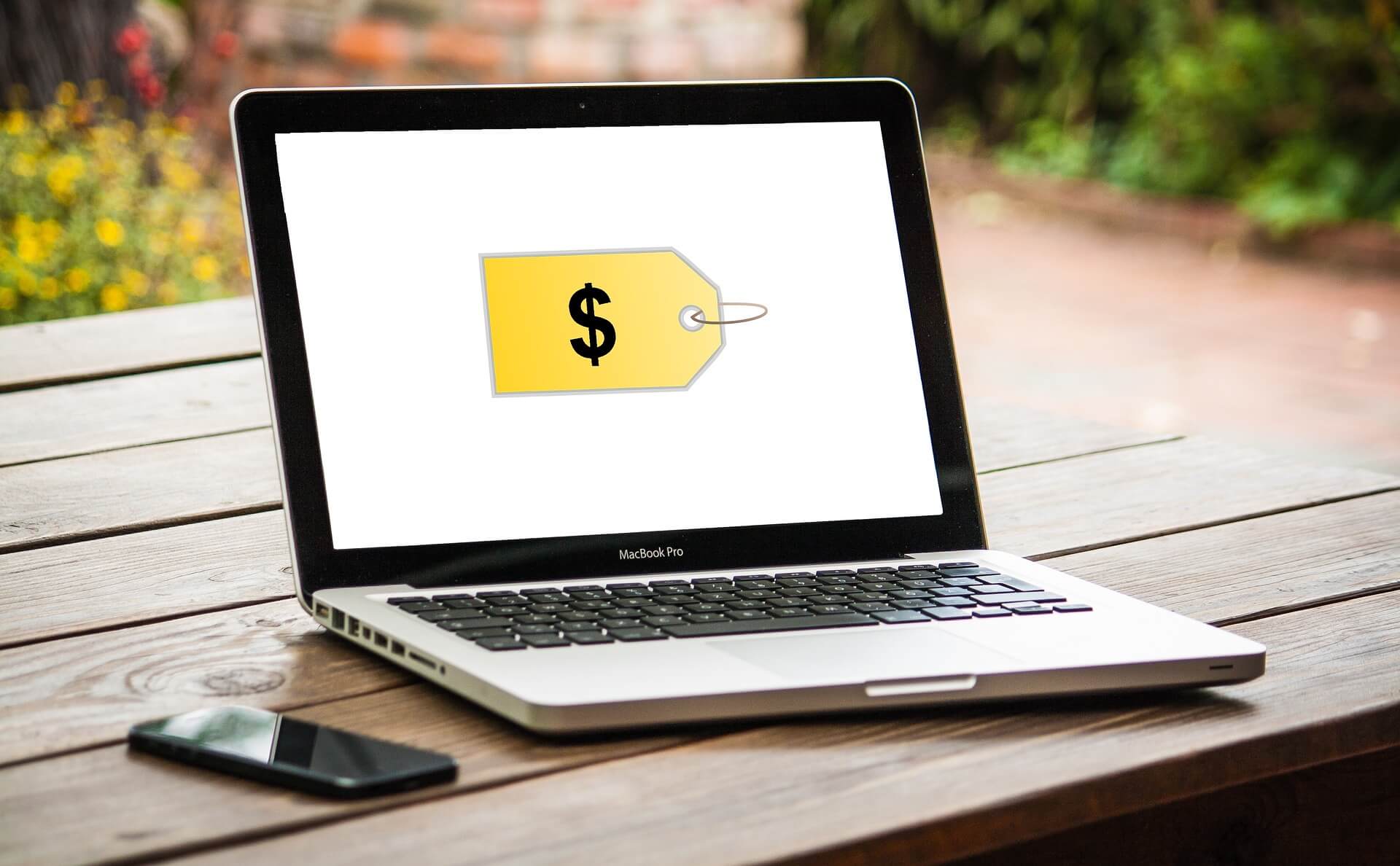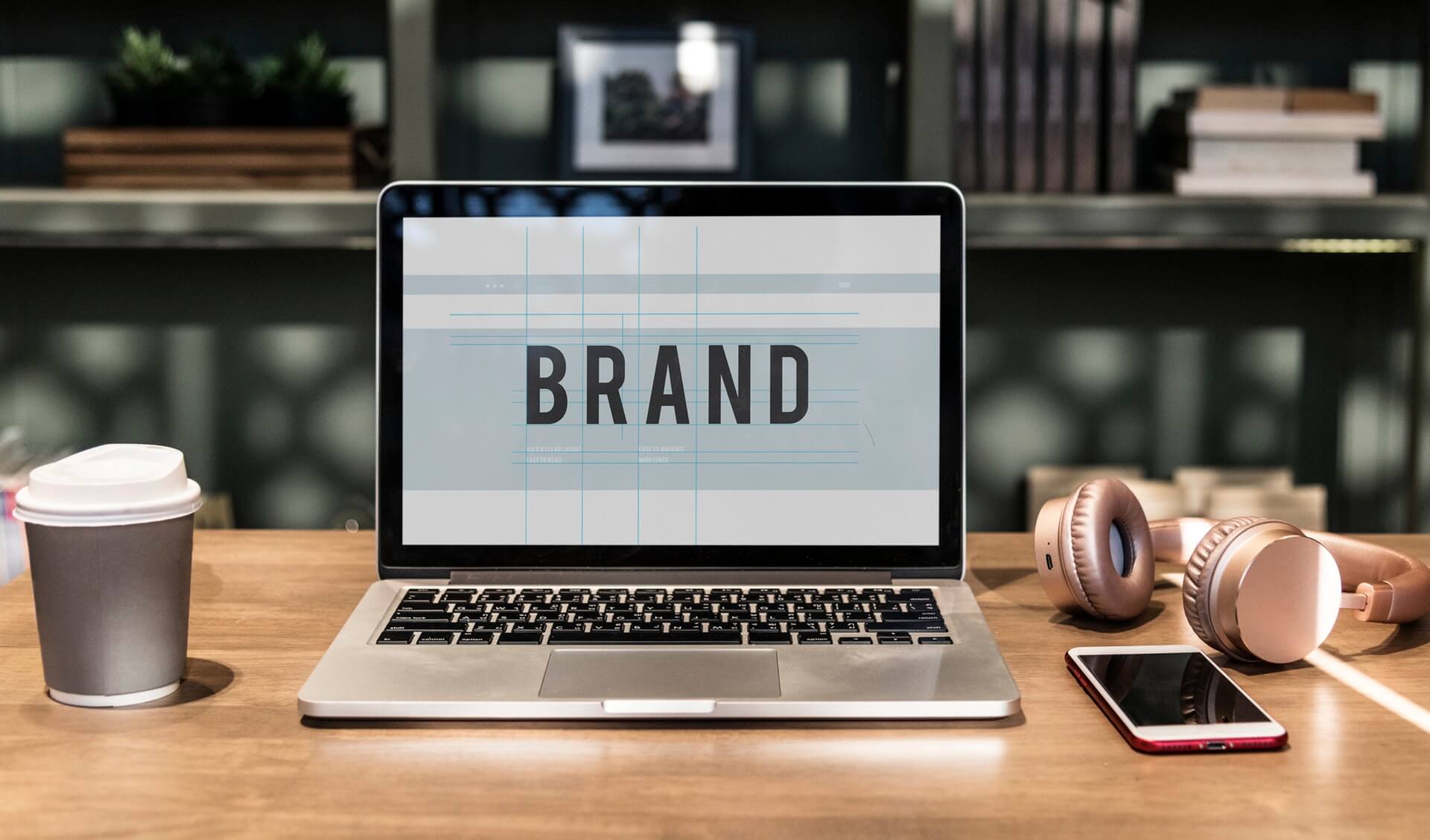In our earlier article, we spoke about the psychology of discounts and various tactics online businesses can apply to influence customer behavior. This article continues the idea of using customer psychology in eCommerce to drive consumption with psychological pricing.
What is Psychological Pricing?
Psychological pricing is a marketing strategy that uses pricing to influence shopping behavior to make more sales.
The point or place where psychological pricing exactly came into play isn’t clear. It is speculated to have come into practice in the late 19th century in a competition in the newspaper industry.
But one thing is for certain: It helps you price products in a manner that influences the consumers’ chances of buying.
Presenting prices in certain ways triggers a subconscious response from shoppers and encourages purchase.
It has the power to lift margins quickly; bridge the gap between what the price is and what it should be in a way that customers understand and accept.
Changing Pricing Strategy to Match Consumer Behavior
Researchers* have gained insights into how changing prices affect the willingness to buy. By making fine adjustments in representing prices to consumers can reduce the shopping blues and increase the perceived value of the offerings.
eCommerce merchants can leverage different pricing approaches to ensure their strategies are profitable and feasible. Psychological pricing would make them attainable.
Strategy 1 – Positioning a higher price as an upgrade
If you are a sneaker brand offering a standard pair of athletic pair of shoes for $60 and a higher-quality one for $100, focus on the difference and call out the option for “$40 more”.
Recent studies have discovered that focusing the communication on the price difference instead of the full price, leads customers to be more accepting of the cost of the upgrade.
It increases the likelihood of customers choosing an expensive pair of sneakers and reduces their reservations against expensiveness.

Figure – Upgraded price suggests the product is of higher quality or innovation
Strategy 2 – Stacking Discounts
Stacking discounts refer to the number of discounts applied sequentially to an order. For instance offering a 10% on “first-time buyer”, on top of a 15% “Spooktober Sale” is more effective than a lump sum 25% discount.
Àdditionally, stacking a low-to-high order discount is more effective than stacking discounts from high to low. For example, taking 15% off, plus an additional 20%.

Figure – Stacking Discount: Applying multiple discounts to the same product
Strategy 3 – Slap a dollar value to your “hard-to-explain” costs
Many benefits of products are difficult for consumers to evaluate.
For example, If a new printer saves up to 85% ink, how much value does it provide? You can translate such intangible costs into dollar costs that customers can relate with.
Showing the yearly cost of ink cartridges saved by choosing a printer that uses ink in an efficient manner is more relatable.
Strategy 4 – Price Anchoring
Daniel Kahneman and Amos Tversky, in their Nobel Prize-winning work, demonstrated that the reference points people pick have drastic effects on their perceptions of value.
Price Anchoring is based on people’s inclination towards reference points. It is a pricing strategy that heavily plays on shoppers’ tendency to rely on an initial price as a benchmark for judgment in the context of a purchase decision.

Figure – Price Anchoring at Macy’s
For example, If an ecommerce apparel store plans to sell a pair of jeans for $35, then it would anchor the price by suggesting that the original price was $70, and it’s now selling for $35.
Strategy 5 – Charm Pricing
It refers to the use of prices ending in the number 9. Sometimes called the “left-digit effect”, shoppers focus on the first number and round down rather than up.
$3.99 seems closer to $3.00 than $4.00. Conversely, whole dollar prices imply better quality.

Figure – Charm Pricing involves pricing that ends in ‘9’ or ‘99’
Strategy 6 – Odd-Even Pricing
Similar to charm pricing, odd-even pricing refers to pricing that ends with odd numbers; even pricing refers to prices ending up in a whole number or tens ($10.00 or $10.50).
Odd pricing tends to be more popular as it indicates a deal in the consumer’s mind, making it more attractive to buy.
Strategy 7 – Comparison Pricing
Psychological pricing sometimes has nothing to do with changing the price of your products. Comparing the price of a product with another allows customers to make purchase decisions.
It is a popular pricing method seen in brick-and-mortar stores. For example, a bicycle for $198 and another bicycle for $498.
Software as a Service (SaaS) companies often follow a tiered pricing model. Each tier is designed around the needs and budget of a different type of customer.
To illustrate this, take a look at Salesforce’s pricing below. By forcing buyers to compare prices, they not only get an idea of the product they want but the price they are willing to pay for.

Figure – Comparison Pricing (Salesforce.com)
The same approach can be used for eCommerce stores too. Position “standard” priced products against premium options to check which ones sell more.
Strategy 8 – Decoy Pricing
It is a smart and subtle way used by ecommerce merchants to upsell.
Consumers change their preferences between two options when they are presented with a third option – the decoy.
The decoy can consist of a product that is priced to make one of the other options attractive.

Figure – Decoy Pricing guides customers to a superior product
Consider the price of drinks at a popular coffee shop – A small cup (8 oz) of coffee costs $2.70; the medium (12 oz) for $3.70; and the large (16oz) for $4.00.
You can work out that the medium cup of coffee is slightly better in value than the small cup and the large one seems good value for money.
By pricing the medium option for $1 more than the small but 30 cents cheaper than the large is designed to push you towards seeing the largest drink as the best value for money.
Here the medium cup of coffee is the decoy that encourages shoppers to buy the large option and spend more.
Strategy 9 – Center Stage Pricing
This pricing approach is based on the center stage effect. A range of products is placed side by side. Shoppers are drawn towards the one in the middle.
It is a social signal that leads shoppers to believe that the particular product is better, therefore, more likely to choose it.
For example, The New Yorker magazine has multiple pricing options for customers to choose from, and the publication has a preference for the option in the middle.
It most likely wants customers to gravitate towards the ‘most popular plan’ because people may find the other two plans unfeasible because of the higher price point or customers prefer a digital-only option.

Figure – Center Stage Pricing on The New Yorker’s subscription page
Strategy 10 – Bundle Pricing
Packaging several products together as a single combined unit and offering it at a lower price often stimulates demands and lifts revenue.
Bundling is also convenient for customers because it is easier to buy products together rather than individually.
For instance, you want to use your mobile phone to create vlogs and need different equipment to improve the quality of your video recordings.

Figure – Product Bundling
Bundling all the accessories together reduces friction during making a purchase and would work out to be cheaper.
“…Brandlock ensures that we are maintaining our price integrity…Our pricing strategy is an important part of our brand and we are thrilled to partner with BrandLock to support our goals.”
Takeaways
Your pricing strategies may start with spreadsheets, market segmentation, and other analytical pricing techniques, but all that effort can go to waste if you don’t include the customer behavior in the equation.
Psychological pricing can have a big influence on your customers’ purchase decisions. Understanding the onsite behavior of different types of customers can ensure your strategies are profitable and drive more conversions.
These simple but straightforward strategies can be used for appealing to customers; strategically nudging them towards completing a purchase.
To know how your eCommerce business can drive more profit by understanding your customers’ onsite behavior, ask for a free 4-week trial.







